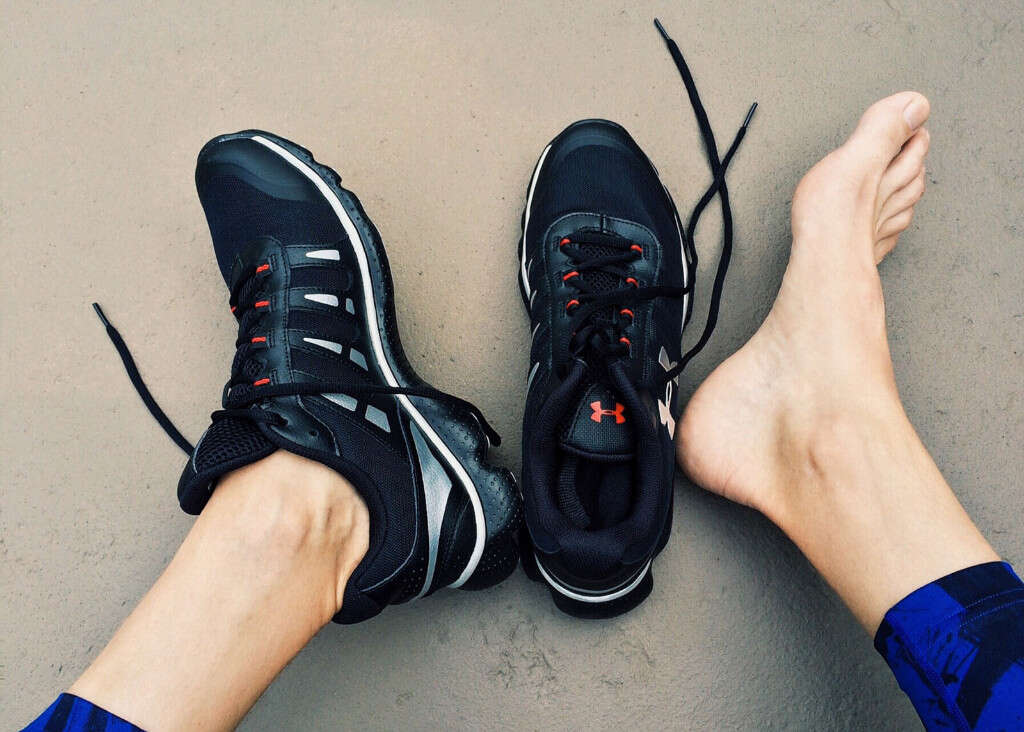10 Broken Ankle Symptoms
Our ankles take quite a bit of pounding day in, day out. They will often take our weight for hours on end and will even support us when we are taking part in physically demanding sports. They are flexible yet also tough enough to endure what we put them through throughout our lives.
Ankles can also be broken, though. Landing awkwardly, for example, can be enough to twist an ankle to the point where one or more of the bones give way under the pressure. This is very painful and can also result in problems in the medium to short term.
Below are 10 symptoms you should look for if you suspect you have broken an ankle.

Symptom #1: Pain
One of the first things people will notice after picking up just about any injury is pain. This is one of the body’s defense mechanisms in that it is telling you that you are hurt and that you need to do something about it.
A broken ankle is quite a heavy injury, so you should expect it to cause considerable pain. Indeed, broken bones are notorious for the amount of pain they can cause, often leaving the victim in agony. If somebody is experiencing such pain, it is often best to leave treatment to the experts where possible.

Symptom #2: Numbness
Breaking bones in your ankle is definitely something that will get your attention. Such traumas can have quite an impact on the patient overall and there may also be other damage caused in the surrounding areas. This can include damage to blood vessels and nerve endings.
While part of the injury is likely to be causing considerable pain, the patient may also be experiencing numbness elsewhere in the area. There is a good chance that this will be down to damaged nerve endings. Depending on the severity of the damage, the patient will still often make a full recovery and regain all sensation in the area.
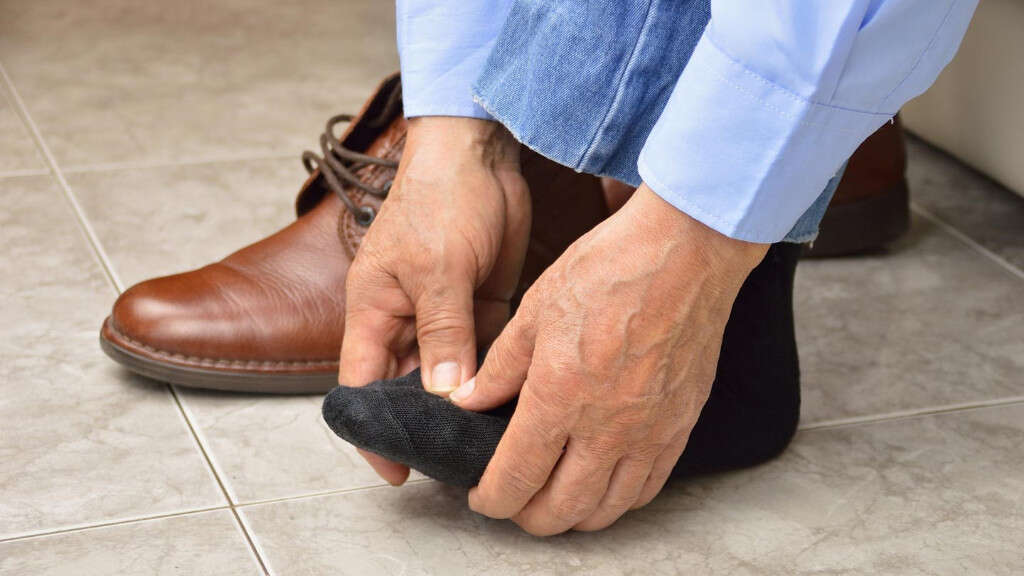
Symptom #3: Inability to Walk
Breaking bones in the lower part of the body can be the hardest to deal with. This is because we are unable to put pressure on them and are, therefore, unable to walk. If you have broken your ankle, you should expect it to be sometime before you are able to walk properly again.
If you do suspect that you have broken your ankle then you really should not try walking on it anyway. Doing so can cause even more damage and make a full recovery less likely. It is best to wait for medical assistance to come. If that is not possible, then try to make it to an emergency room while putting as little pressure on the ankle as possible.

Symptom #4: Swelling
Pick up any knock or bump and there is a good chance that the area will become swollen. The reason for this is that the body is flooding the area with resources that will help to heal the wound. This means lots of building materials and also white blood cells to help with repairs and fight off infection.
A broken ankle is quite a significant injury, and this will require a significant effort from the body to fix it. You can expect a noticeable swelling in the area that can noticeably stretch the skin. Such swelling tends to be down to the body’s “first responders” so you can expect the swelling to occur immediately after the injury takes place.
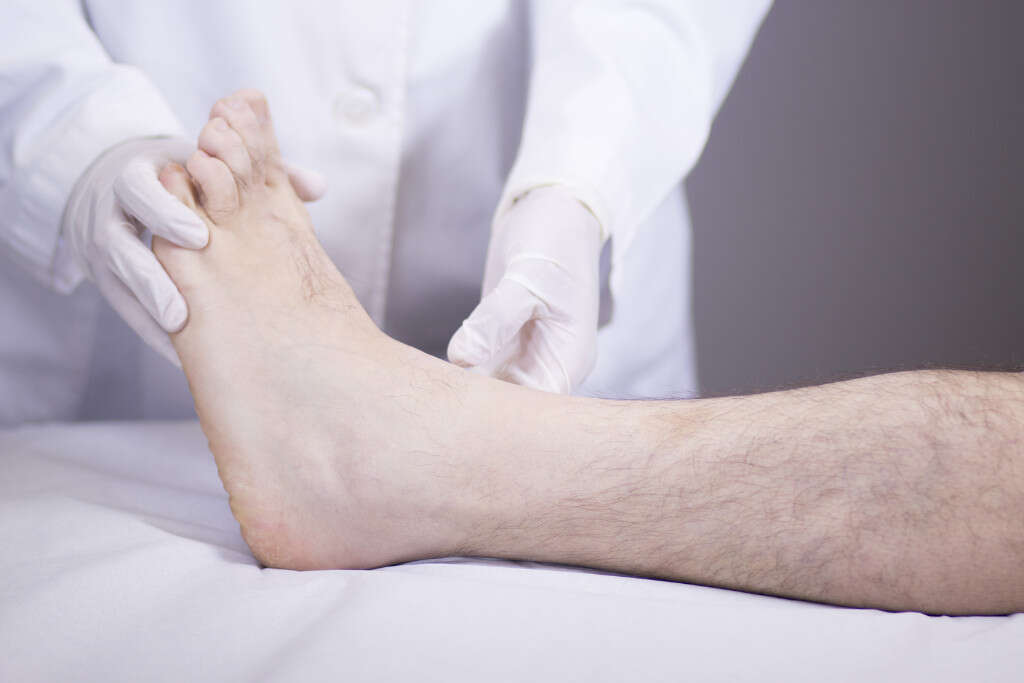
Symptom #5: Bruising
When we get injuries, we often get blood. The body does a pretty good job of stemming the flow of blood quickly, depending on the extent of the injury. Regardless, there will still be a period of time where blood is escaping from the blood vessels. This can be in the form of external or internal bleeding.
Internal bleeding can cause the blood to accumulate beneath the skin. This causes dark patches in what we know as bruising. If you break your ankle then there is a good chance you will have broken blood vessels also, meaning bruising is likely. Once the bleeding stops, the body will set about slowly removing the blood and the bruise will gradually fade.
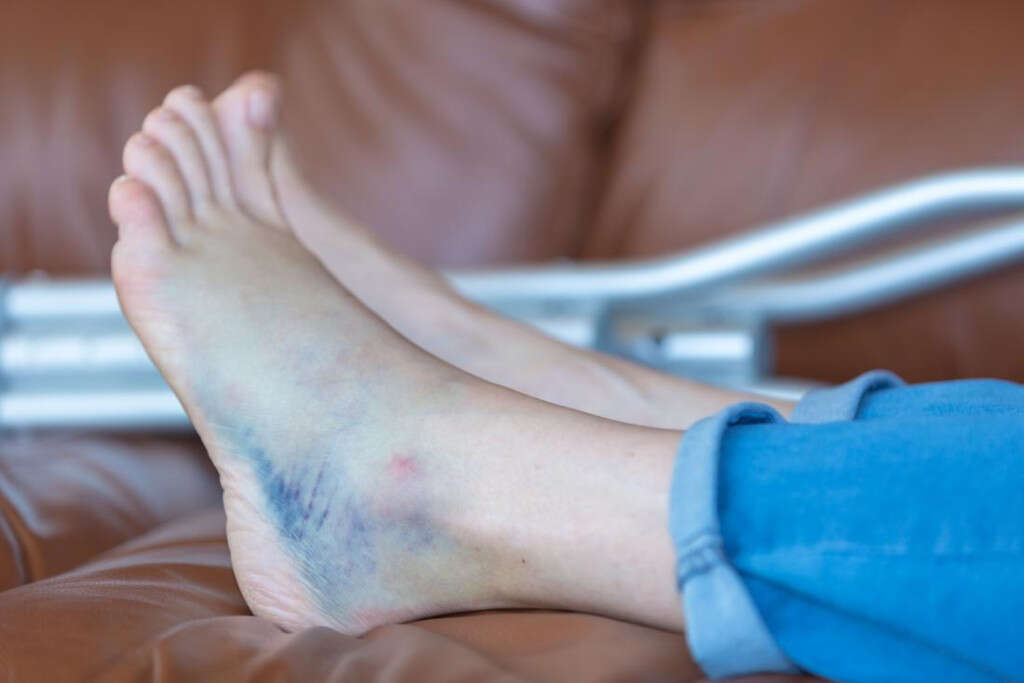
Symptom #6: Broken Skin
Our skin is one of the most underrated organs in our body. It performs various functions that help to keep us safe and well. It also helps us to regulate our body temperature plus, of course, it forms a barrier that helps to keep everything inside. It is quite delicate and easily torn, though, and this can happen in the case of broken bones.
Depending on the angle of the broken bones, they may well protrude through the skin. This is very gruesome and also very painful. The wound will also need to be treated as quickly as possible to help prevent infections.
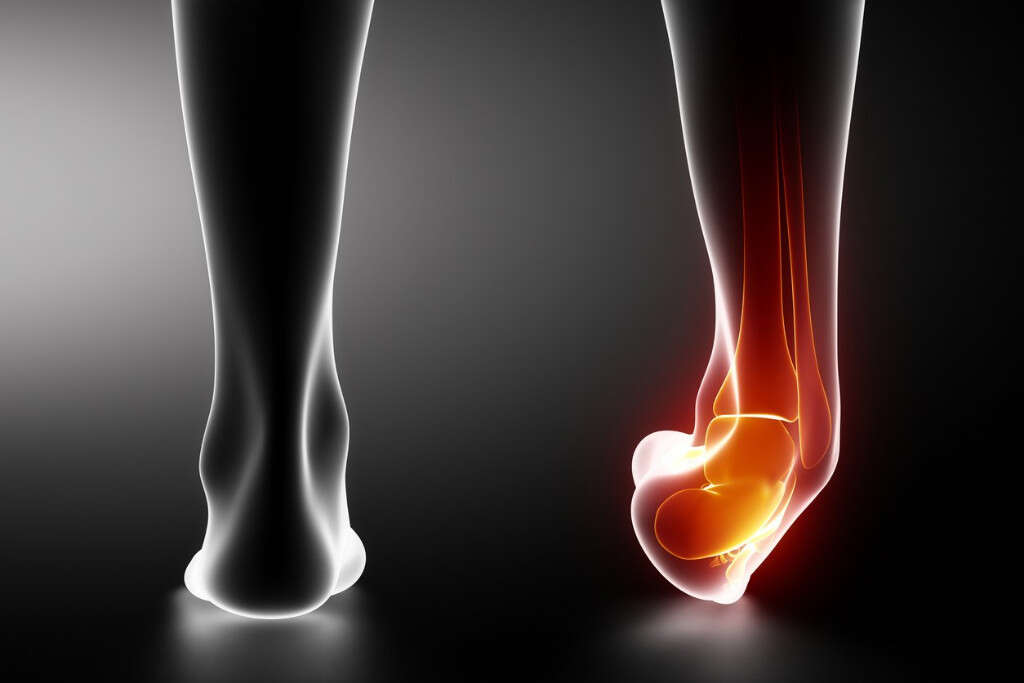
Symptom #7: Nausea
Many of us have experienced times when a bad smell has made us feel ill. It can also happen when we see something that is shocking to us or maybe after having heard some very bad news. Nausea is often experienced when we have had a bit of a shock and can often be expected when the shock is significant.
A broken ankle is quite a significant shock, and it can cause some people to become nauseous. The level of nausea can vary and many people will not experience it at all. Sensations of nausea are also likely to be suppressed by other sensations, such as the pain involved in such an injury.

Symptom #8: Joint Immobility
If you break your ankle then you are highly unlikely to be wanting to use it any time soon. Instead, you’d probably much prefer to keep it safe from harm and to keep it as still as possible. Even if you did want to move the joint, though, you are likely to find that you are unable to.
The damage caused by the break may mean that it is not functional, at least not until it is repaired. What’s more is that the body and mind may make it difficult for you to move it at all to prevent any further damage being done to it.

Symptom #9: Paleness
If you are paler than usual then there is a good chance that something is wrong. Pale skin indicates that the blood is not flowing just beneath the skin as it usually does. This can be down to various reasons such as disease, shock, or serious blood loss.
If you are pale due after having lost a lot of blood, then you should treat it as a medical emergency. It could also be down to the body going into a state of shock as a result of the injury. Regardless of the suspected cause, pale skin is a sure sign that medical attention may be needed.

Symptom #10: Disfigurement
The structure of our skeleton determines much of the structure of our body overall. It helps to determine how tall we are, for example, and also helps determine our overall shape. Fat and muscle can make quite a difference, of course, but the shape of the skeleton is more noticeable in areas such as the ankles.
If you do break your ankle then you may notice that the ankle is bent out of its usual shape. The foot can appear to be bent at an unusual angle and look clearly disfigured. Medical professionals will often need to correct the position of bones after a break before the healing process can begin.
